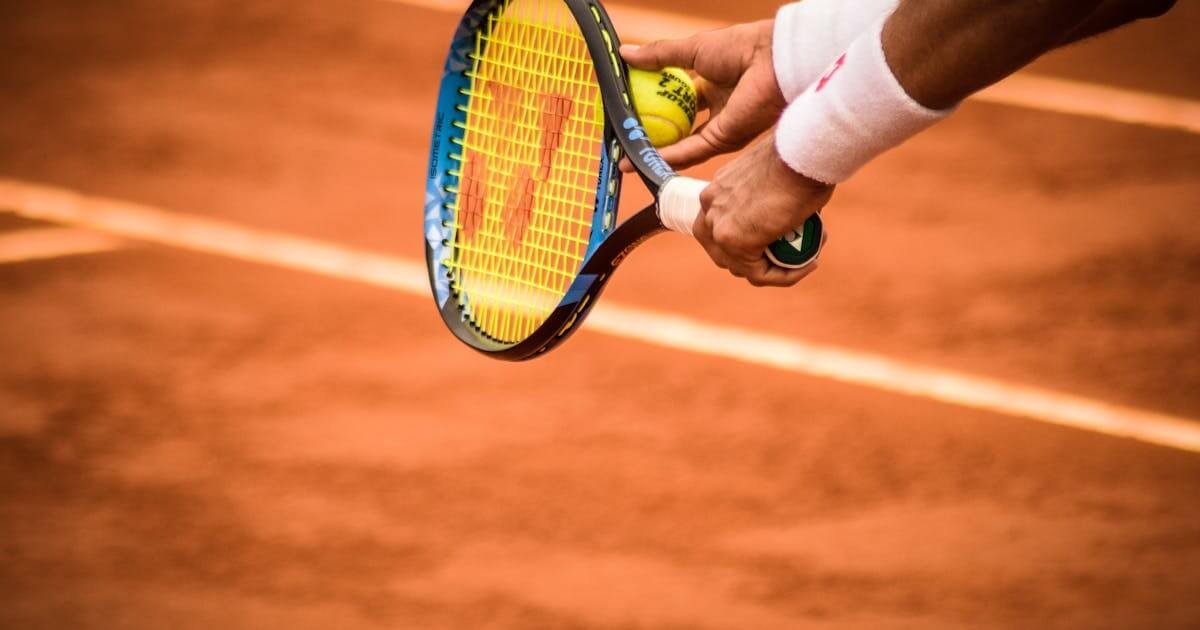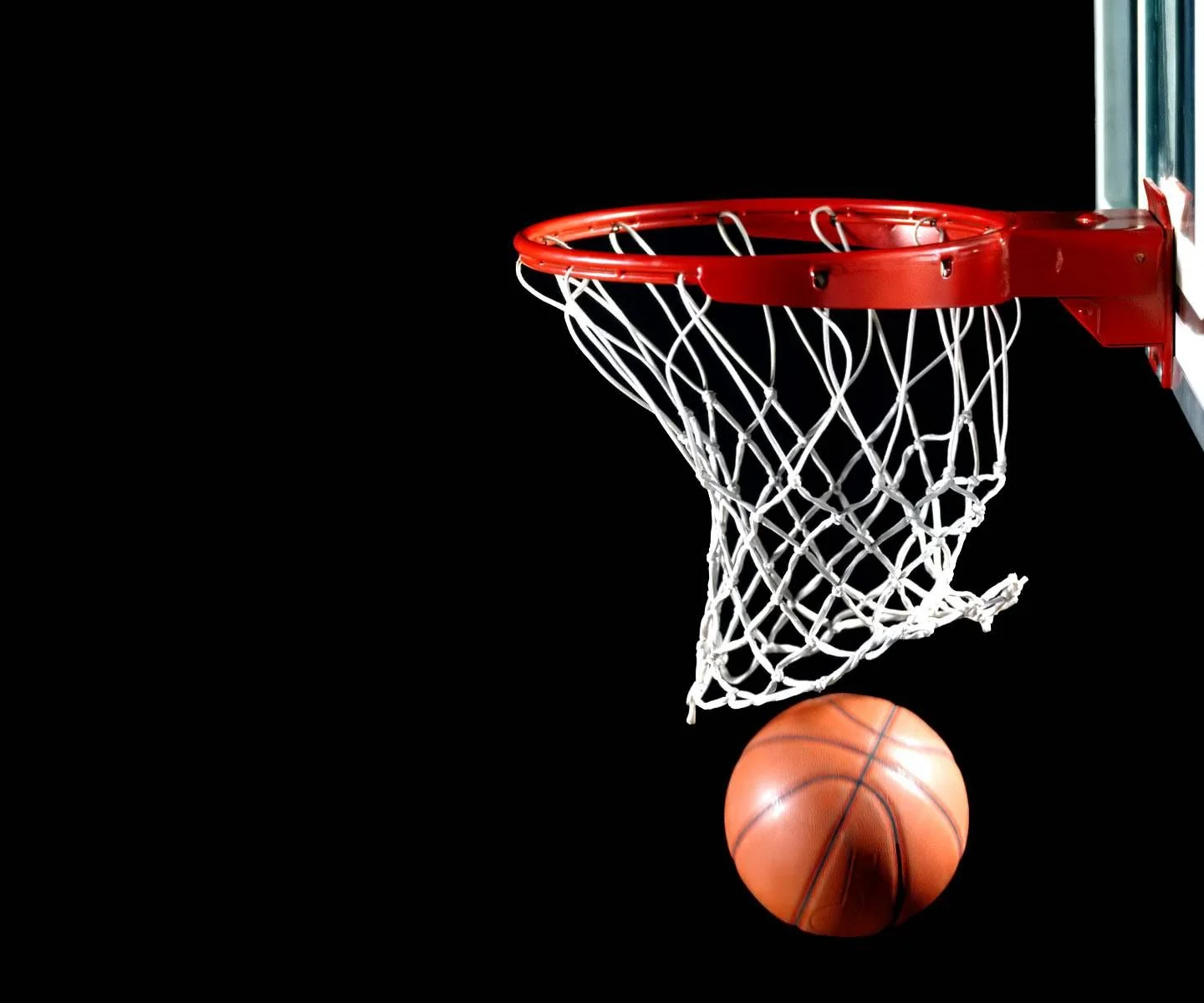Introduction
Tennis courts are essential to the game of tennis, serving as the stage where all the action takes place. Understanding the different types of tennis courts and their unique characteristics can greatly enhance your appreciation of the game and help you make informed decisions, whether you’re a player, coach, or enthusiast. In this comprehensive guide, we will delve into the various types of tennis courts, their advantages and disadvantages, construction and maintenance tips, and much more.
Types of Tennis Courts
The surface of a tennis court can significantly impact the style and pace of play. There are four main types of tennis courts, each with its unique characteristics:
Clay Tennis Courts
Clay tennis courts are made from crushed shale, stone, or brick. They are known for their distinctive red or green color. These courts are particularly popular in Europe and Latin America. Famous tournaments played on clay courts include the French Open.
- Advantages:
- Slower ball speed, allowing for longer rallies.
- Softer surface reduces the risk of injuries.
- Disadvantages:
- Requires frequent maintenance to keep the surface in good condition.
- Weather-sensitive, can become slippery when wet.
Grass Tennis Courts
Grass tennis courts are the original tennis courts and are made from natural grass. These courts offer a unique playing experience and are often associated with traditional tennis. The most famous tournament on grass courts is Wimbledon.
- Advantages:
- Fast ball speed, leading to quick points.
- Soft surface is gentle on the body.
- Disadvantages:
- High maintenance costs, requiring frequent mowing and watering.
- Weather-dependent, can become muddy and unplayable.
Hard Tennis Courts
Hard tennis courts are made from asphalt or concrete, usually coated with acrylic to create a smooth, durable surface. The US Open is the most popular tournament played on hard courts.
- Advantages:
- Consistent ball bounce.
- Lower maintenance compared to grass and clay courts.
- Disadvantages:
- Harder surface can be tough on the body, increasing the risk of injuries.
- Can become very hot in warm climates.
Synthetic Tennis Courts
Synthetic tennis courts can be made from various materials, including acrylic, carpet, or rubber. These courts are designed to mimic the characteristics of other court types while providing additional durability and lower maintenance costs. The most famous tournament on synthetic courts is Australian Open.
- Advantages:
- Customizable playing characteristics.
- Lower maintenance requirements.
- Disadvantages:
- Initial installation can be expensive.
- May require specialized maintenance.
These courts are often found in indoor facilities and schools. Maintenance depends on the specific material but generally includes regular cleaning and inspection for damage.
Choosing the Right Tennis Court Surface
When choosing a tennis court surface, several factors should be considered to ensure it meets your needs and preferences.
- Player Experience: Different surfaces can favor different playing styles. For instance, clay courts benefit baseline players who prefer longer rallies, while grass courts favor serve-and-volley players.
- Cost: Construction and maintenance costs vary significantly between different surfaces. Clay and grass courts generally require more upkeep than hard or synthetic courts.
- Maintenance: Consider the time and resources available for maintaining the court. Hard and synthetic courts typically require less maintenance compared to grass and clay courts.
Construction of Tennis Courts
Building a tennis court involves several critical steps to ensure a high-quality playing surface. The process includes:
- Site Selection: Choose a location with good drainage and ample space.
- Design and Planning: Work with professionals to design the court, considering factors like orientation, dimensions, and surface type.
- Excavation and Base Preparation: Excavate the site and prepare a stable base layer.
- Surface Installation: Install the chosen surface material, ensuring it meets industry standards.
- Line Marking: Apply accurate court lines using durable paint or materials.
Costs associated with building different types of tennis courts can vary widely. For example, a basic hard court might cost between $25,000 and $50,000, while a grass court could cost significantly more due to ongoing maintenance requirements.
Maintenance of Tennis Courts
Regular maintenance is crucial to keep tennis courts in top condition and extend their lifespan.
- Clay Courts: Regular watering, rolling, and brushing are essential. Keep the surface moist but not too wet.
- Grass Courts: Mow frequently, roll the surface, and manage weeds. Water regularly to maintain healthy grass.
- Hard Courts: Sweep or blow debris regularly, clean with a mild detergent, and inspect for cracks or damage. Resurface every 5-10 years.
- Synthetic Courts: Clean according to manufacturer recommendations, inspect for damage, and address any issues promptly.
Frequently Asked Questions About Tennis Courts
What are the dimensions of a standard tennis court?
A standard tennis court measures 78 feet in length and 36 feet in width for doubles matches. For singles matches, the width is reduced to 27 feet. The net is 3 feet high at the center and 3.5 feet high at the posts.
How long does it take to build a tennis court?
The construction time for a tennis court can vary depending on the type and weather conditions. On average, it takes about 4-6 weeks to build a hard court, while clay and grass courts may take longer due to the need for precise preparation and curing times.
What is the cost of resurfacing a tennis court?
Resurfacing costs can range from $4,000 to $10,000 for hard courts, depending on the size and condition of the court. Clay and grass courts might incur higher costs due to the need for specialized materials and labor.
Can tennis courts be used for other sports?
Yes, many tennis courts are versatile and can be used for other sports such as basketball, pickleball, and volleyball. Multi-sport court designs are becoming increasingly popular, allowing for greater utilization of the space.
Conclusion
Tennis courts are an integral part of the sport, offering varied playing experiences based on their surface types. Whether you prefer the slow rallies of clay courts, the fast pace of grass courts, the consistency of hard courts, or the versatility of synthetic courts, understanding these surfaces can enhance your enjoyment and performance in the game. When choosing or maintaining a tennis court, consider factors like player experience, cost, and upkeep to find the best fit for your needs.



